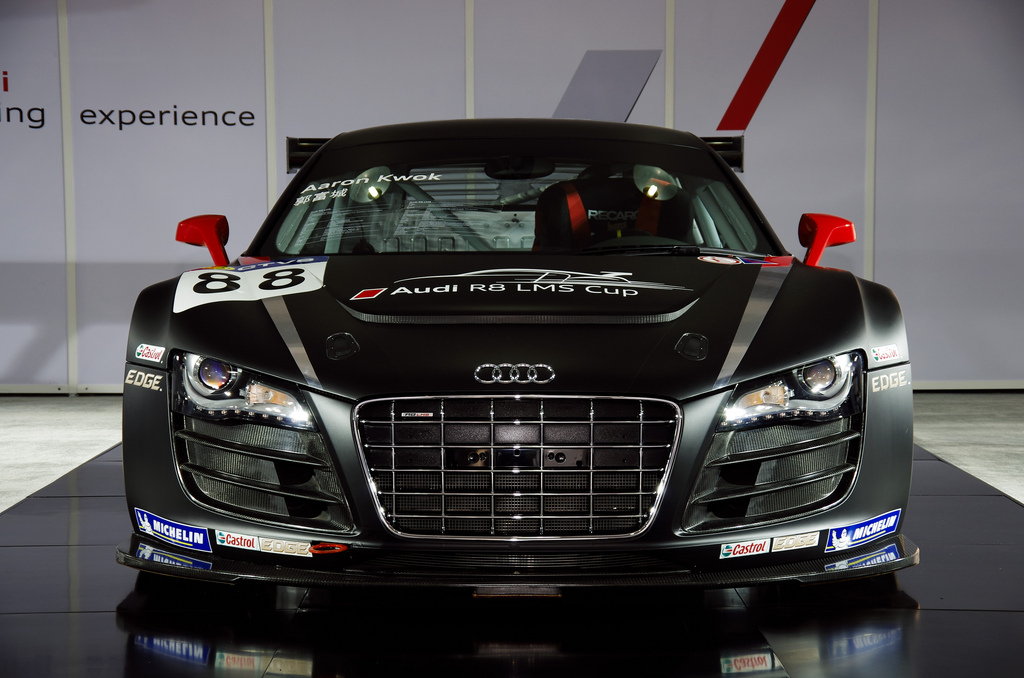
Sleek, innovative and successful. Photo: firemen.cn
After taking a break from my blog while I sorted out some unattended assignment business, I’m back. Here’s something interesting which helps yield a little bit of information into how we progress and what drives our innovation and creativity. It’s long been noted that innovation can stem from conflict and competition. While I’m not going to go on record and promote warfare to drive the creative forces of the world, I am adamant that competitive sports and competitions assist us in achieving our best in the world of technology and new ideas. Audi agree with me too. (Here’s the original press release from Audi for anyone interested in some further reading).
Audi have attributed their gains in the auto market (Gains indeed, they have certainly been impressive in the past year or two) to the new and innovative technologies that they are incorporating into their products. Where does this drive for the creative edge originate? Their racing work. Long associated with performance vehicles and motor racing, Audi have had dominance in this area of sports for years. They are constantly vying for ways that they can improve their cars and give their drivers an edge over their competition. Fame, fortune, renown, trophies. Sure you could pin it to that. But this competitive nature of the auto sports has some seriously positive real world implications. The technology that Audi comes up with for its racing vehicles? That ends up on the high end cars consumers get their hands on. Improved efficiency, safety, handling, stability. Comfort, even. They are all technologies that were made to win races. Now they’re giving me and you better cars, safer cars and more comfortable cars.
While sport is great for entertainment and keeping society engaged and content, it also seems to drive real world technologies to the next level. You can apply the same logic to other sports. Those complex fabrics and materials that the better clothes and equipment on the market are made from? Chances are that they were originally developed for professional athletes, or the military. Microwave, internet, GPS, Jeeps and the fan favourite; cargo pants. All military. LED lights on cars? Racing. Breathable fabrics that sporting and outdoor clothes are made of? Professional sports.
Competition and conflict help to drive humanity. We creative and innovate in order to stay ahead. In times of peace and perfection, the only motivator is money and fame. But they’re not as powerful as the competitive drive we experience when facing opposition or conflict.

